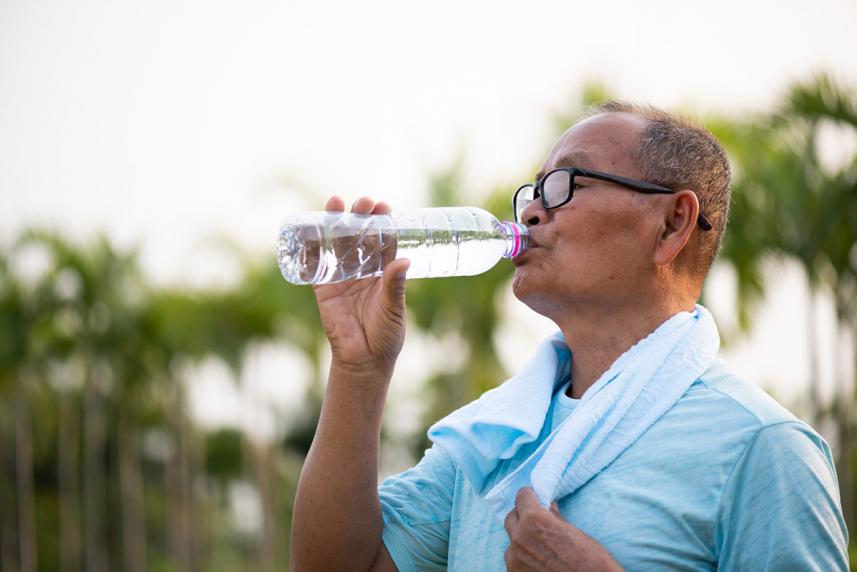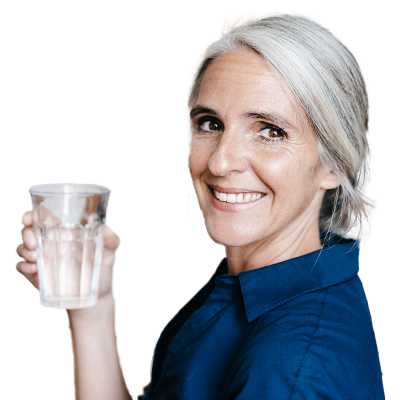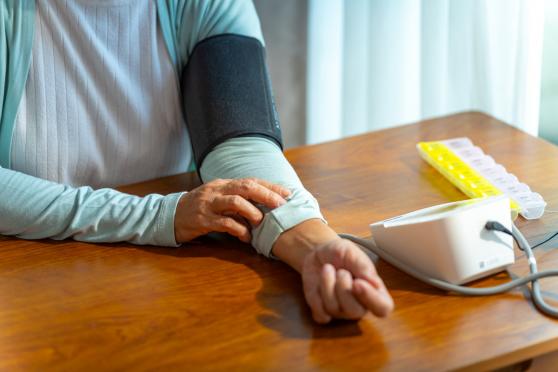Proven ways to manage urinary incontinence
Making a few tweaks to your daily routine can help you regain control of your bladder — no doctor’s appointment required.

A loss of bladder control (also called urinary incontinence) can be embarrassing. But it’s important to know that this common health condition is treatable. Anyone can get it, though it’s more common in older adults, especially women.
Why? For one thing, people’s urinary tract muscles get weaker as they age, according to the National Institute of Diabetes and Digestive and Kidney Diseases. That makes it harder to hold urine in. Women are more likely to develop urinary incontinence after childbirth and after menopause. For men, it’s often connected to age-related prostate issues. Bladder problems can also be caused by chronic conditions such as diabetes and obesity.
If you’re having trouble controlling your bladder, don’t hesitate to talk to your doctor. You might be surprised to learn that you can often get a handle on leaks without medication or devices. Just tweaking some daily habits may help ease symptoms.
Here are six at-home strategies that can help women and men stay drier.
#1. Keep drinking water
Resist the urge to cut way back on water when you’re dealing with a leaky bladder. That only sets you up for an even bigger problem — dehydration. Your body needs plenty of water to work properly. Dehydration can also cause extremely concentrated urine, which may irritate your bladder and aggravate your symptoms.
Drink enough water so that you urinate every few hours, recommends the National Institute on Aging. Your best bet is to sip water regularly throughout the day, rather than just at meals. Keep a water bottle handy to remind yourself to drink. And if frequent overnight bathroom visits are bothering you, aim to fit in your fluids before dinner and well before turning in for the night. (Learn more about nighttime urinary incontinence, or nocturia, here.)

Learn more about what’s causing them and how the right provider can help.
#2. Be a picky drinker
For some people, compounds in certain beverages can irritate the sensitive lining of the bladder. That leads to that “gotta-go” urge. Here are some common culprits:
- Caffeine. Coffee and tea are diuretics. That means they encourage your body to make more urine, according to the Urology Care Foundation.
- Soda and other carbonated beverages. Even noncaffeinated fizzy drinks can irritate your bladder.
- Beer, wine, and liquor. Alcoholic drinks may act as bladder stimulants and diuretics.
Keeping a bladder diary can help you keep track of which drinks affect your bladder and whether cutting back is making a difference or not.
#3. Avoid trigger foods
You may want to cut back on or cut out foods that stimulate your bladder. According to the Mayo Clinic, those include:
- Chocolate
- Spicy foods
- Chili peppers
- Acidic foods (such as citrus fruits and tomatoes)
- Foods containing artificial sweeteners
#4. Try yoga
In a small 2019 study, women with stress urinary incontinence followed an easy yoga routine for three months. At the end of the study, the women’s total incontinence frequency decreased by 76%. The routine included eight basic yoga poses, including mountain pose, triangle pose, and chair pose.
The researchers say yoga is good for leaky bladders and strong urges in two ways. One, the poses help strengthen the pelvic floor muscles. And two, yoga helps reduce chronic tension and stress that can contribute to incontinence episodes.
#5. Do Kegels
The muscles you use to control urinary flow can benefit from their own unique workout, known as Kegel exercises. Women often learn these exercises during their childbearing years, but they’re good to practice throughout life — for both men and women. They’re simple to do and the payoff is a stronger pelvic floor.
To do Kegels, familiarize yourself with the muscles that stop the flow of urine midstream. During some downtime or whenever you remember — before bed, during a commercial break, even at a stoplight — flex those pelvic muscles as if you were lifting a marble. Do this for a count of three, then relax for three counts. Repeat 10 times. Do three sets each day.
#6. Quit smoking
If you were looking for another good reason to quit cigarettes, this is it. Smokers are more likely to have bladder control problems, according to the Mayo Clinic. Cigarette smoke is a bladder irritant. And over time, many smokers develop a cough. That can put pressure on the pelvic muscles, increasing the chances of stress incontinence.
Need help quitting? Talk to your doctor. The Centers for Disease Control and Prevention can connect you with free confidential coaching. Call 1 (800) QUIT-NOW or visit smokefree.gov.
Additional sources:
Bladder problems and aging: National Institute of Diabetes and Digestive and Kidney Diseases
Dehydration: National Institute on Aging
Diuretics: Urology Care Foundation
Foods to avoid: Mayo Clinic
Yoga/urinary incontinence study: American Journal of Obstetrics and Gynecology
Smoking and bladder issues: Mayo Clinic
H3832_8750_5MS549_24_C
© 2023, Linkwell Health, Inc. All content owned or licensed by Linkwell Health, Inc. All rights reserved.


